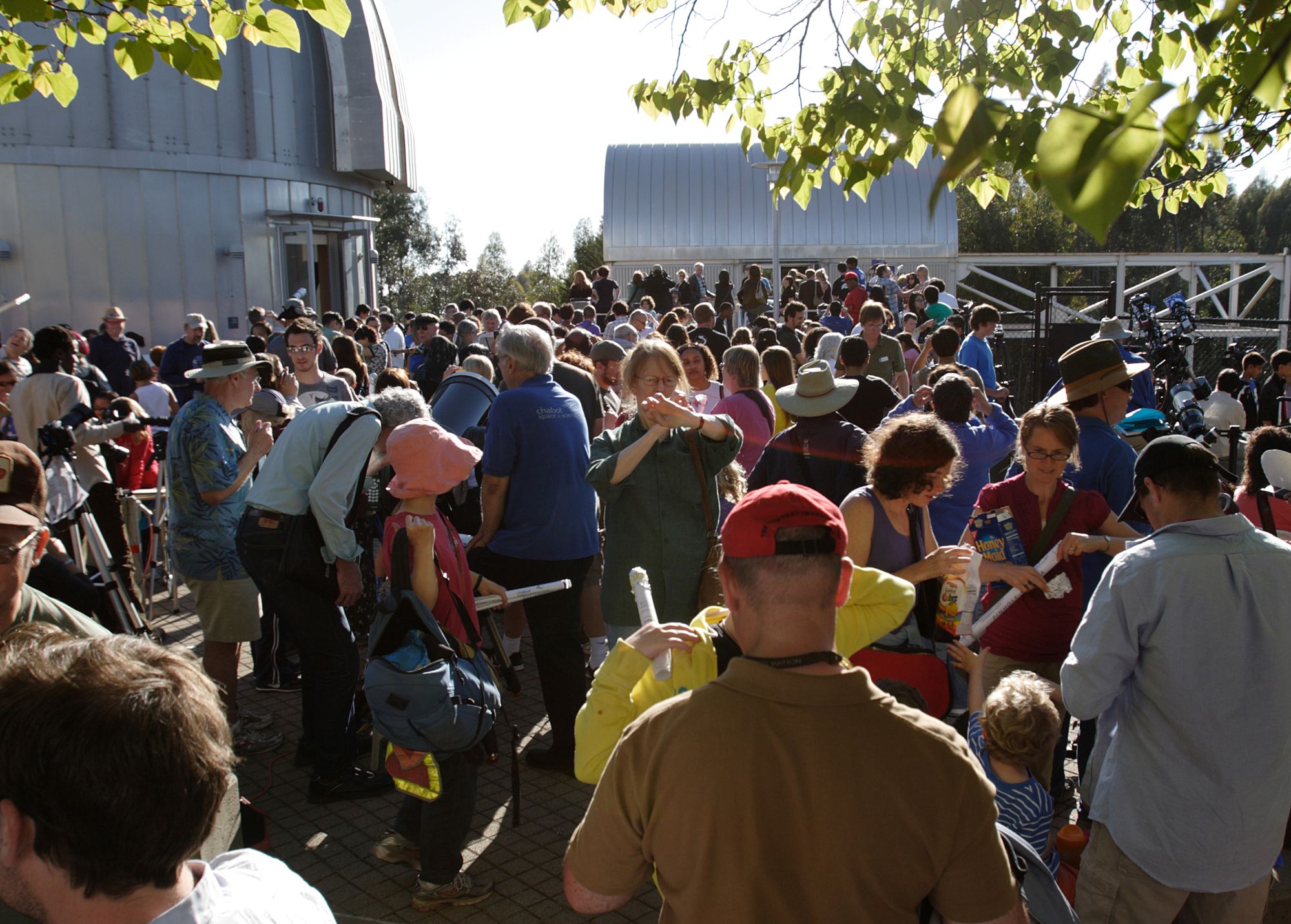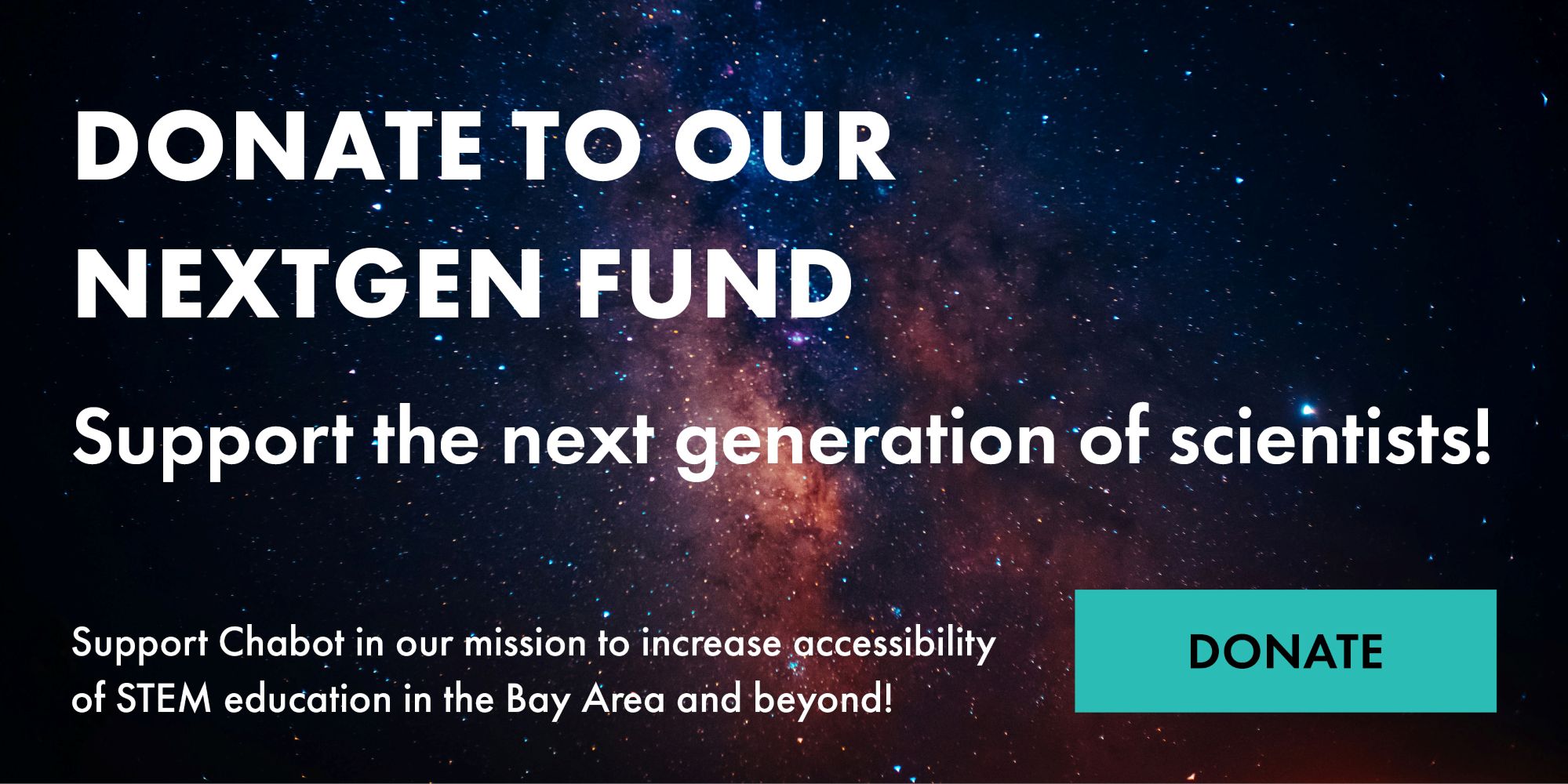A Legacy Among the Stars: The History of Chabot Space & Science Center
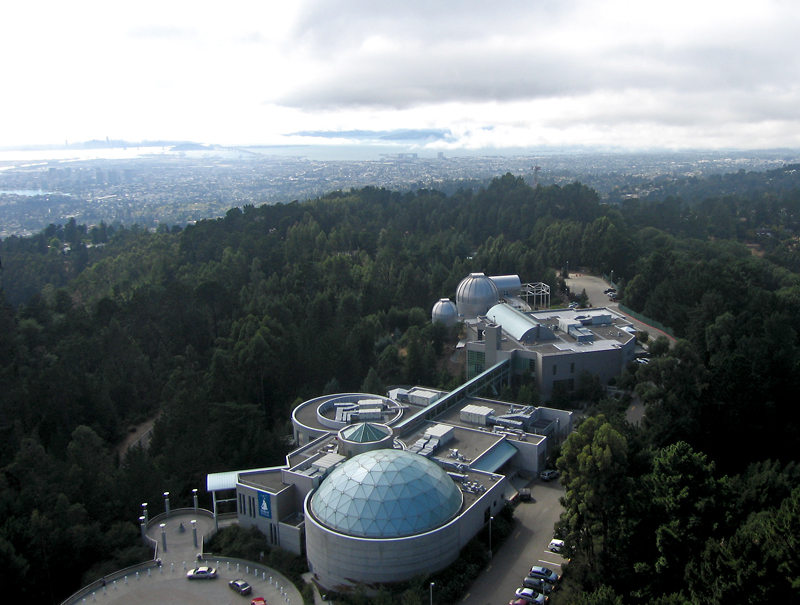
A Legacy Among the Stars: The History of Chabot Space & Science Center
In honor of Chabot’s 25 years on Skyline Boulevard, we thought now would be a good time to look back and reflect on how we got to be here – nestled in the redwoods of the Oakland Hills. Chabot Space & Science Center’s story stretches back more than 140 years, rooted in Oakland’s dedication to education, community, and exploration of the skies. From a modest observatory downtown to the world-class center here on Skyline, Chabot has evolved with the city while staying true to its original mission: making astronomy available to all.
Oakland’s First Observatory (1880s)
In 1882, Jewett Gilson, Superintendent of Oakland Schools, promoted the idea of a student observatory. Philanthropist and water engineer Anthony Chabot soon made it a reality. In 1883, Chabot donated funds for an 8-inch Alvan Clark & Sons refractor telescope, along with the construction of a small observatory at Lafayette Square in downtown Oakland.
Chabot intended the observatory to serve both students and the broader community, declaring it was for “your educational department, and also the citizens of the city and other places.” On clear nights, visitors would line up—10 at a time—climbing a steep staircase to peer through the telescope known as Leah.
By 1888, after Chabot’s passing, the site was officially renamed Chabot Observatory.
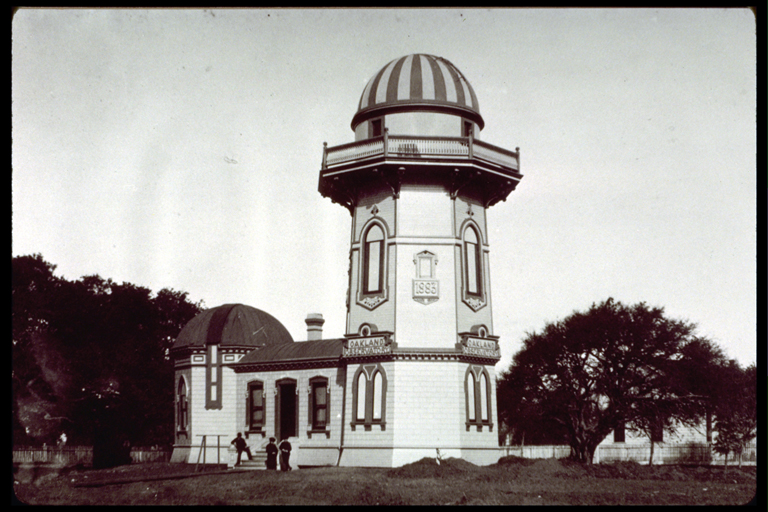
Building a Community of Astronomy
Charles Burckhalter became director in 1886 and guided the observatory for nearly four decades. He expanded programs, added a library, and helped Chabot serve as Oakland’s official timekeeper with its Meridian Transit Telescope, which rang a bell in City Hall twice a day. You can see this telescope onsite at Chabot to this day.
But as Oakland grew, so did its light pollution. Bright streetlamps and the beacon atop the new City Hall interfered with stargazing – it was time to move.
Relocating and Expanding (1910s–1940s)
In 1913, the Oakland Board of Education approved a new site for the observatory, one that offered darker skies and was conveniently located at the end of a streetcar line. Farm land in the Oakland Hills was purchased, and with it came the opportunity to acquire a much larger telescope.
That telescope—Rachel, a 20-inch refractor built by Warner & Swasey—was a marvel. Its glass lens, crafted in Germany during World War I, reached Oakland under special export permission and was perfected by legendary instrument builder John Brashear.
Under director Earle Linsley (1923–1947), the observatory became a hub of public engagement. He welcomed school groups, gave community lectures, and fostered the rise of local astronomy enthusiasts. In 1924, this group formally became the East Bay Astronomical Society, with whom Chabot continues a partnership with to this day.
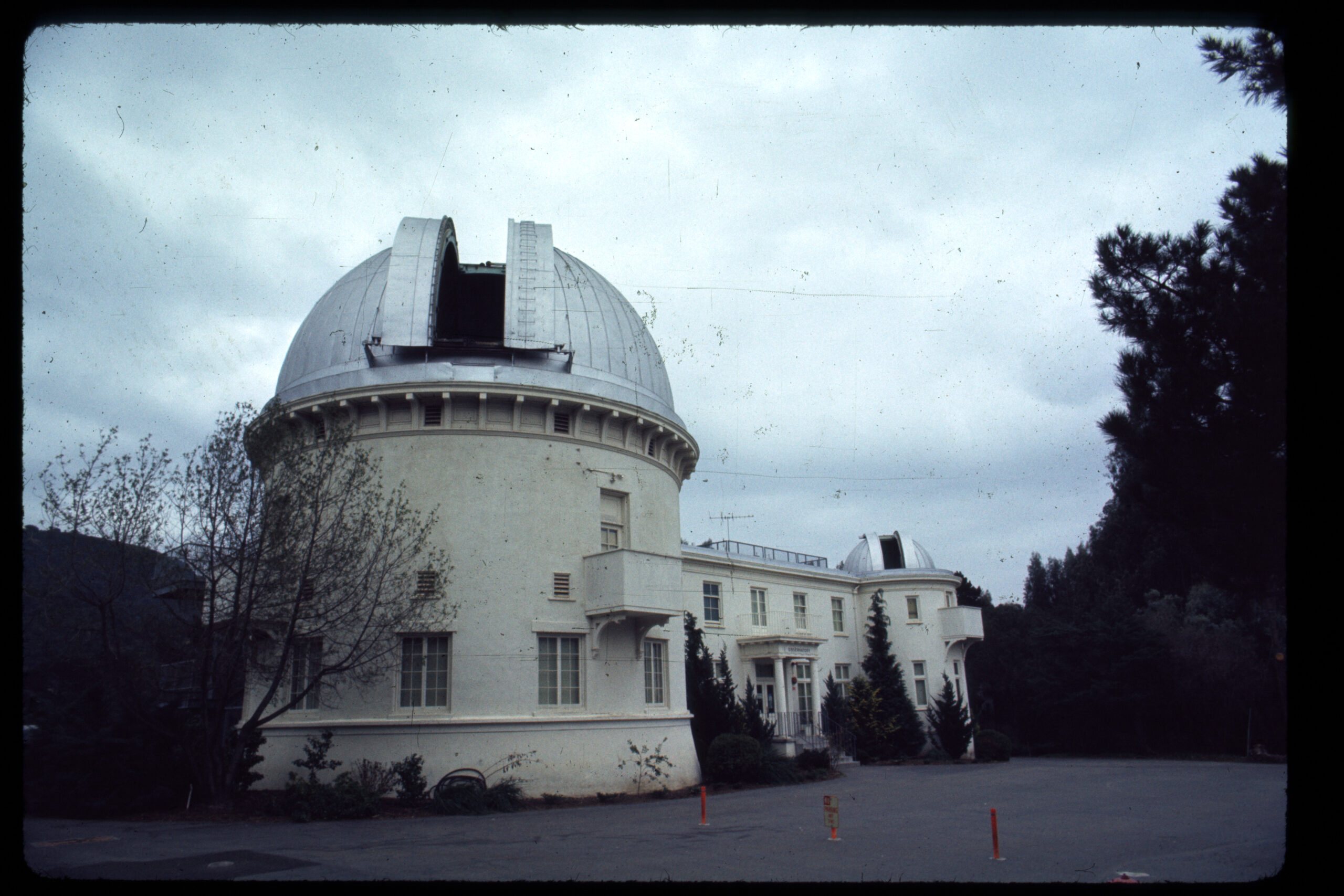
The Planetarium Era (1950s–1980s)
By the mid-20th century, Chabot had fully embraced its role as a community science hub. Science teacher Kingsley Wightman began volunteering in 1948, joined the Eastbay Astronomical Society in 1950, and soon took on leadership roles.
In 1964, with support from local Rotary Clubs and federal funding, Chabot opened its first planetarium. The Spitz A3p projector created immersive star shows for students and families, while Wightman, as Director from 1976, expanded the center’s educational reach.
A New Home in the Hills (1990s–2000s)
As Oakland’s skyline continued to brighten, the observatory once again faced challenges with light pollution. After decades of dreaming, plans for a modern science center in the Oakland Hills became reality. In 1996, astronaut Buzz Aldrin broke ground at the Skyline Boulevard site, chosen for its darker skies and natural setting in the redwoods.
On August 19, 2000, the new Chabot Space & Science Center opened its doors. The facility combined historic telescopes Leah and Rachel with state-of-the-art exhibits, classrooms, and a cutting-edge planetarium. It quickly became one of the Bay Area’s premier destinations for science education and stargazing.
In 2003, Chabot acquired it’s largest telescope yet – the 36” reflector telescope, Nellie. Housed in a rolling roof observatory, Nellie allows viewers 180 degree access to the skies and offers breathtaking views of the cosmos.
In 2021, Chabot opened the NASA Ames Visitor Center – one of only 11 in the country! This partnership highlights current Ames’ research and space missions and invites visitors to envision their role in the next Space Age.
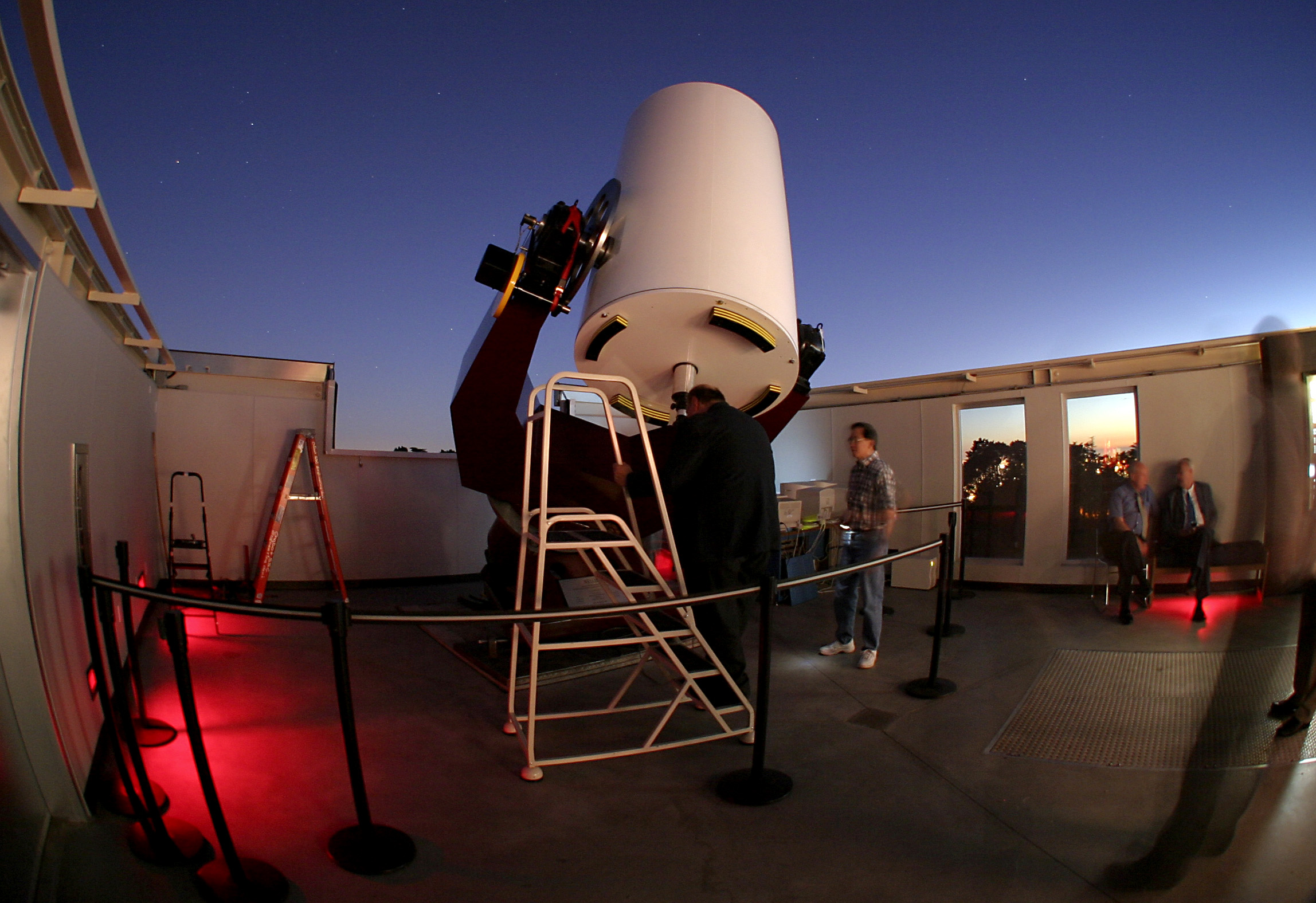
A Legacy of Discovery
Over the decades, Chabot has carried many names—Oakland Observatory, Chabot Observatory, Chabot Science Center, and Chabot Observatory and Science Center—before becoming the Chabot Space & Science Center we know today. Through every chapter, one thing has remained constant: a commitment to inspiring wonder about the universe.
From school children lining up in downtown Oakland in the 1880s, to families exploring galaxies in the planetarium today, Chabot continues to connect people to the cosmos, carrying forward Anthony Chabot’s vision of making astronomy available to everyone.
